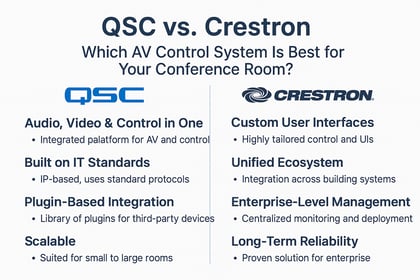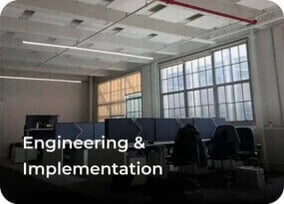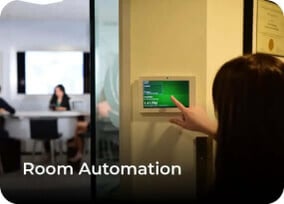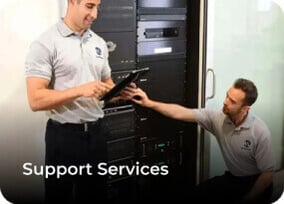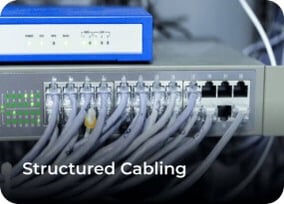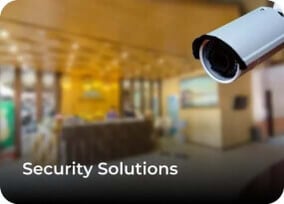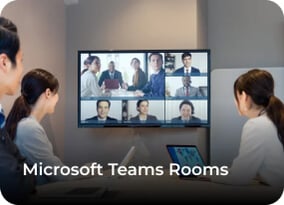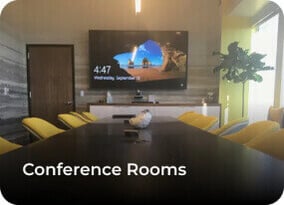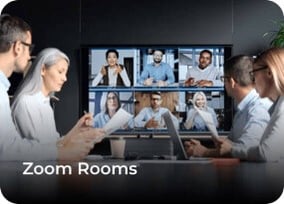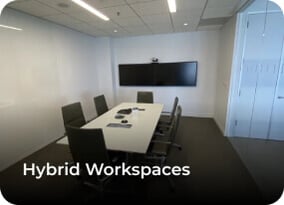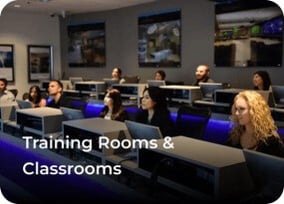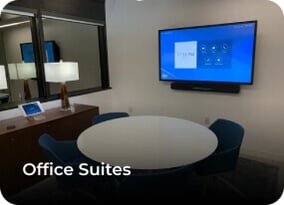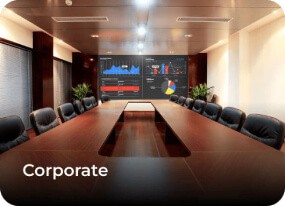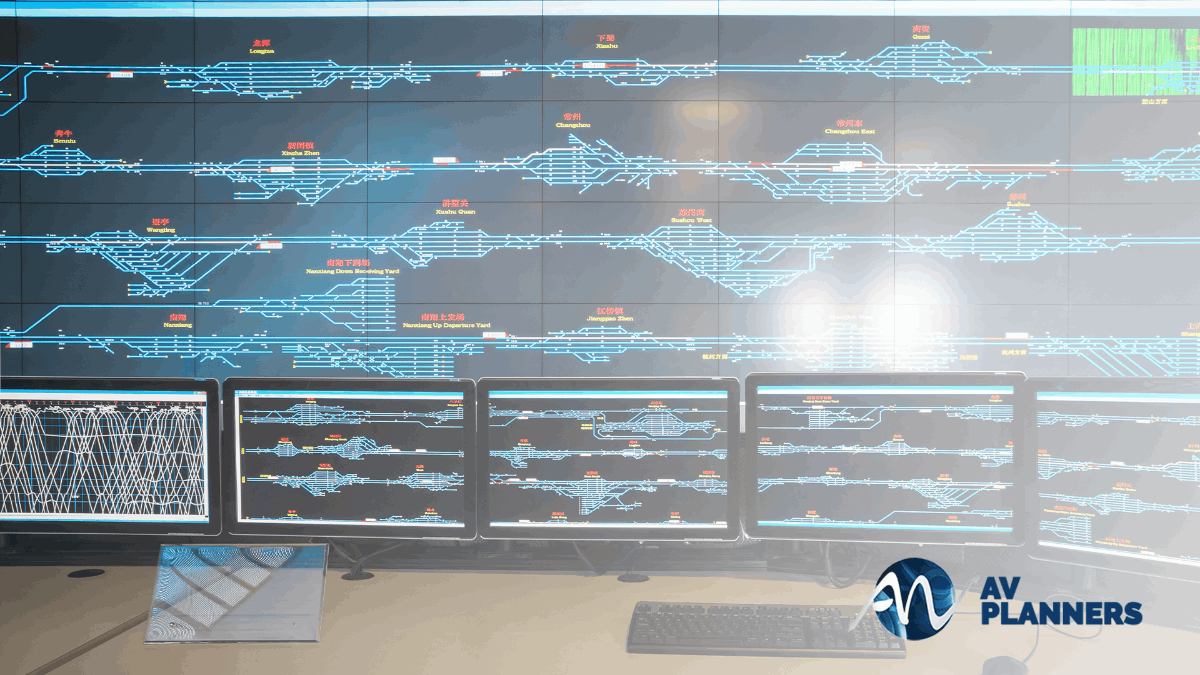
Control rooms are the core of many businesses and companies across a wide variety of industries. These centers and their operators provide network monitoring and maintenance, surveillance, asset management and many more vital tasks. With multiple streams of information constantly flowing in, it’s essential to maintain the most productive and efficient workspace as possible. The following are a few technologies that can help create a successful control room.
Video wall displays. Video walls can help the visualization of multiple streams of information and keep operators organized. With a video wall, certain desktop displays can be made smaller or larger, depending on their importance at the time. LED screens are popular for control rooms due to their high-resolution image and ability to clearly display in both bright and dim environments. LED video walls don’t take up as much physical space as a traditional projection setup. By consolidating all incoming information into one large screen, operators can be more productive. They can work together with enhanced collaboration to solve any issues or problems that arise.
Artificial intelligence (AI). AI in conference rooms has recently become more widely used and can act as a time-saving substitute for human decision-making. For example, in a 911 call center control room, AI can use human directives to ask questions and then make informed decisions based on the information it’s receiving from the caller’s side, such as alerting authorities or calling an ambulance. Utilizing AI can be helpful in many different scenarios and takes some of the overflows of data off of the plates of operators by organizing and analyzing it.
AV-over-IP. Utilizing AV-over-IP and KVM-over-IP networks in control rooms is currently one of the most popular trends for these spaces. AV-over-IP networks allow operators in a control room to share data or displays to other rooms and external devices. This is especially useful when information is shared with directors and external sources for consultation and review. KVM-over-IP networks allow operators to control remote servers from their desktop and then share the information to a centralized video wall. These networks allow for improved situational awareness, more efficient decision-making and faster response times.
Remote monitoring. Remote monitoring helps decentralize control rooms and make them accessible to operators at any moment. When issues arise on a network, operators are informed and can then work to fix the problem. Remote monitoring also creates separate maps for network segments, making it easier to pinpoint where problems occur. Network monitoring constantly analyzes networks to detect any issues that crop up, as well as proactively help you detect problems before they happen. This tool eliminates unnecessary maintenance costs and travel time for operators and outside help.
AV Planners can provide you with the tools and expertise you need to plan for creating the most efficient control room possible. Contact AV Planners to learn more about our services. Keep up with the latest news from AV Planners on Facebook, LinkedIn, Twitter and Instagram.


.jpg?width=614&height=280&name=Conference-Room_1280-1%20(1).jpg)
